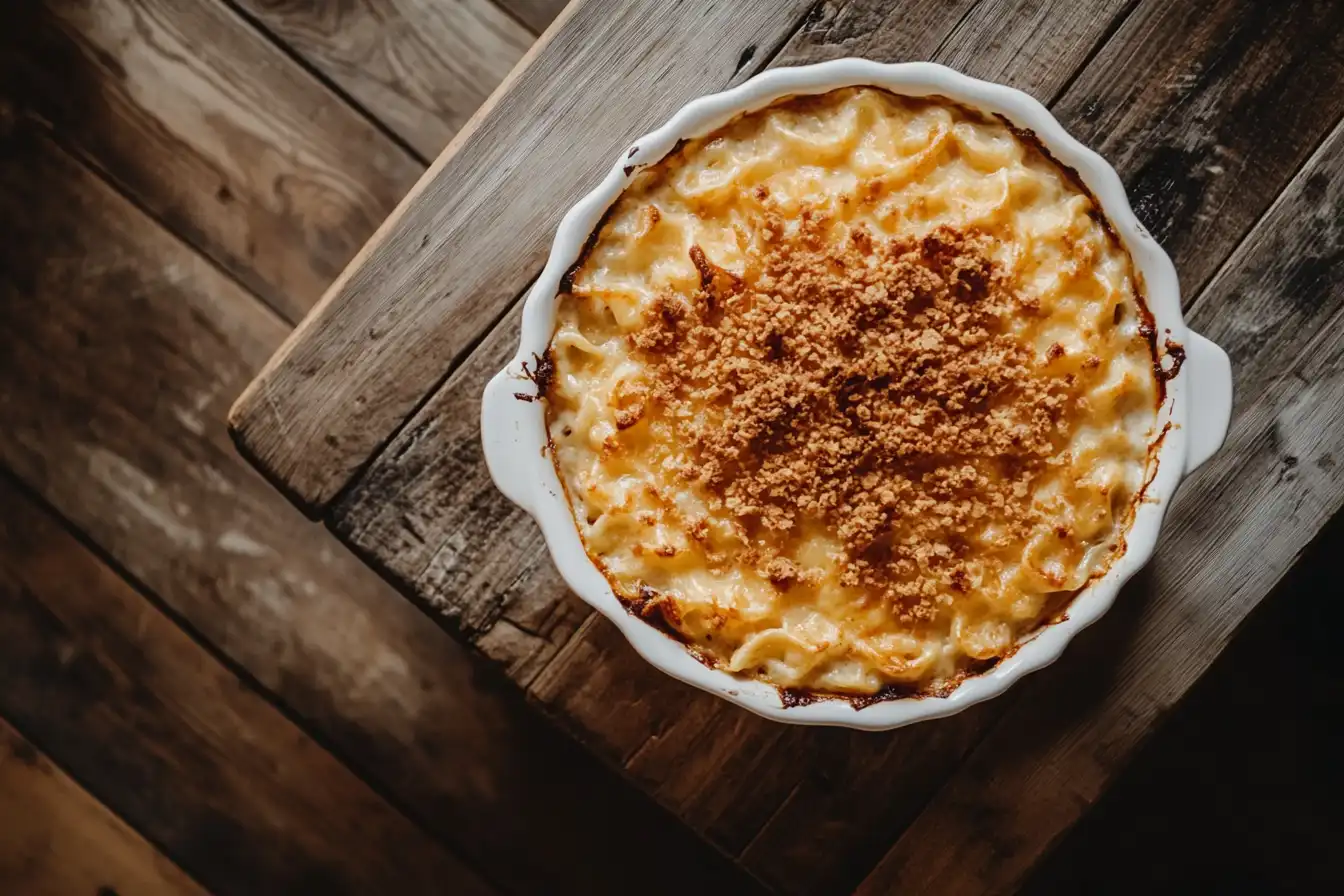Is it better to put tuna in water or oil for casserole? This article explores the best choice for your next dish. Discover how to enhance your tuna casserole with the right tuna.
When making a tuna casserole, the choice between tuna in water or oil can greatly affect the dish. Both types have distinct qualities. These influence the flavor and texture of your casserole. Therefore, understanding these differences is important for achieving the best result. Moreover, it helps you tailor your recipe to your liking.
Tuna in Water: A Lighter Choice
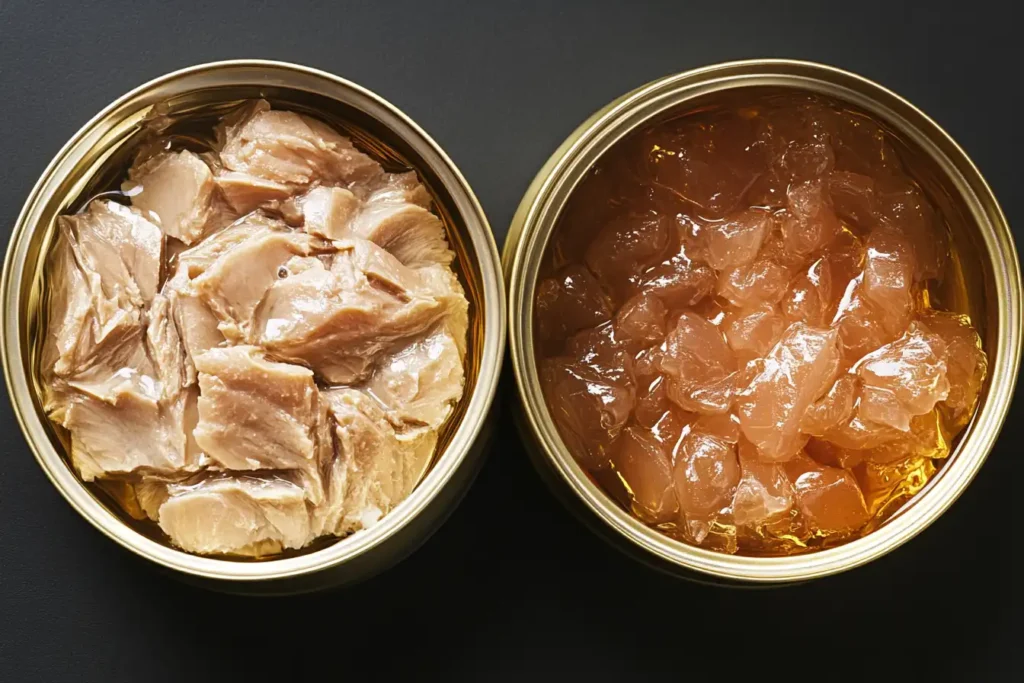
Tuna packed in water is a common option. Generally, it is lower in fat and calories than tuna in oil. Consequently, it’s often favored by those conscious of their diet. The water-packed tuna has a milder taste. Also, it allows other casserole flavors to shine.
Flavor and Texture of Water-Packed Tuna
The flavor of tuna in water is subtle. Specifically, this makes it a great base for many dishes. The texture is often firmer. However, it can be a bit drier compared to oil-packed tuna. Accordingly, you might need to add some moisture to your casserole. This ensures it does not dry out. Furthermore, this neutral flavor profile allows it to seamlessly blend with other ingredients. Indeed, it’s a blank slate for culinary creations.
Health Benefits of Water-Packed Tuna
Water-packed tuna provides lean proteins. In addition, it’s low in calories and fat. Furthermore, it retains its natural nutrients very well. This makes it a healthier option for a tuna casserole. Thus, it appeals to people seeking a balanced meal. Besides, it’s a good source of selenium, which acts as an antioxidant. Consequently, it promotes overall well-being. Also, it provides potassium.
Tuna in Oil: A Richer Option
Tuna packed in oil offers a richer taste. Indeed, it has a more succulent texture. The oil helps to preserve the tuna and infuses it with flavor. For example, olive oil imparts a distinct savory note. This can compliment your casserole. In addition, the oil itself adds a layer of richness that can elevate the dish. Specifically, it creates a more satisfying overall taste.
Flavor and Texture of Oil-Packed Tuna
Oil-packed tuna tends to be more flavorful. Especially, olive oil tuna has a strong, savory taste. The texture is usually softer and more moist. Meanwhile, the oil can make the casserole richer. Therefore, use it sparingly if you want a less heavy dish. Moreover, the extra oil can sometimes make the casserole a little slippery if not accounted for in the recipe. Nevertheless, it adds an extra layer of flavor and a more pleasant mouthfeel for some.
Health Considerations of Oil-Packed Tuna
Oil-packed tuna has higher fat and calories. However, the type of oil matters. For instance, olive oil provides healthy fats. These are good for your body. Nevertheless, be mindful of total fat intake when using oil-packed tuna. Ultimately, moderation is key. Additionally, check the packaging to see what type of oil is used. Because, some varieties use less healthy options. Generally, olive oil is your best choice.
Making the Choice for Casserole
The best tuna for your casserole depends on your taste. Generally, it also depends on your nutritional goals. Another factor is the other ingredients in your dish. Therefore, consider these when making your choice. Basically, both kinds work well. Ultimately, it comes down to finding the right balance.
Consider the Other Ingredients
The other elements in your casserole play a role. If, for instance, you’re using creamy sauce. Then, tuna in water may prevent it from being too rich. Conversely, if you have drier ingredients, oil-packed tuna may add needed moisture and richness. Consequently, consider how the different components will interact. Furthermore, consider how compatible the other flavors are. Therefore, this will ensure a harmonious dish.
Taste Preferences
Your preferences matter a lot. Some people love the strong taste of oil-packed tuna. Others like the milder flavor of water-packed tuna. Moreover, the type of oil used impacts the final flavor of your casserole. Therefore, choose what best matches your tastes. Indeed, personalizing your casserole is part of the joy. Specifically, it lets you create something you truly enjoy.
Nutritional Needs
Ultimately, your nutritional needs are important. If you want a lower-fat option, choose water-packed tuna. If you don’t mind some additional fat and calories, oil-packed tuna is fine. Thus, be conscious of how your choice fits into your overall eating habits. Additionally, think about the requirements of anyone you are cooking for. For instance, someone with intolerance might have specific dietary needs.
How To Use Tuna in Water or Oil Correctly
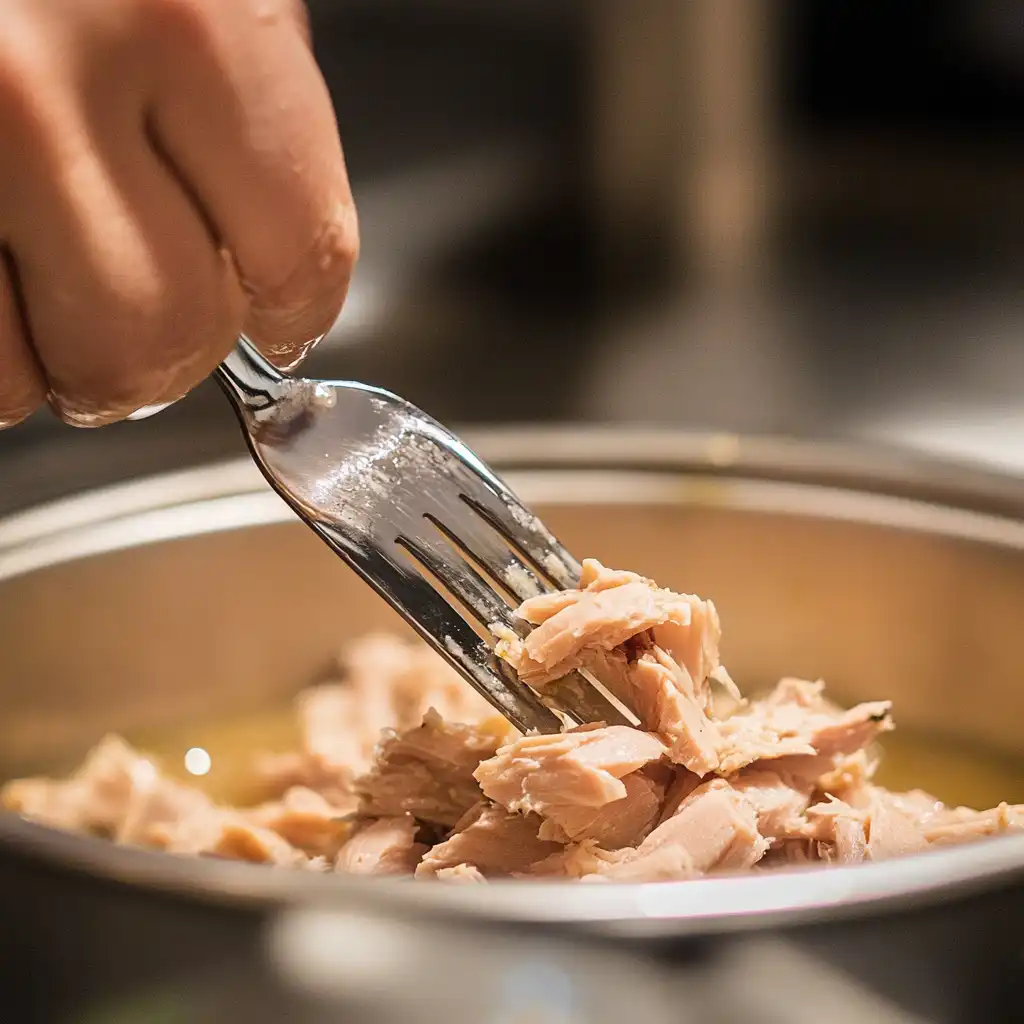
Using tuna in either form in your casserole needs some care. It ensures the texture and flavors combine perfectly. Here are some tips: Indeed, these will make a difference.
Draining the Tuna
First, drain the tuna properly before using it. Specifically, for oil-packed tuna, this removes some of the excess oil. Then, with water-packed tuna, it gets rid of the liquid. Furthermore, you can use a fork to gently break up the tuna after draining. Also, do not skip this step as it can affect the final result. Thus, draining is an essential part of the preparation.
Adjusting Moisture Levels
Adjust the moisture levels in your casserole depending on the tuna. In particular, If you use water-packed tuna, add broth, milk, or sauce. This can prevent the casserole from being dry. Whereas, with oil-packed tuna, use less of the extra liquid. This way, it doesn’t get too watery. Therefore, adding the correct amount of liquid ensures the best possible outcome. Furthermore, the right amount will create a pleasing texture and mouthfeel.
Timing
Add the tuna to your casserole at the right time. Generally, stir it in towards the end of cooking. Therefore, this keeps it moist and avoids overcooking. Indeed, Overcooked tuna may become rubbery. Thus, the timing of it will keep it at its best texture. Specifically, it’s a delicate balance between cooking the dish and keeping the tuna tender. Accordingly, timing is key for good results.
Tuna Casserole Recipes
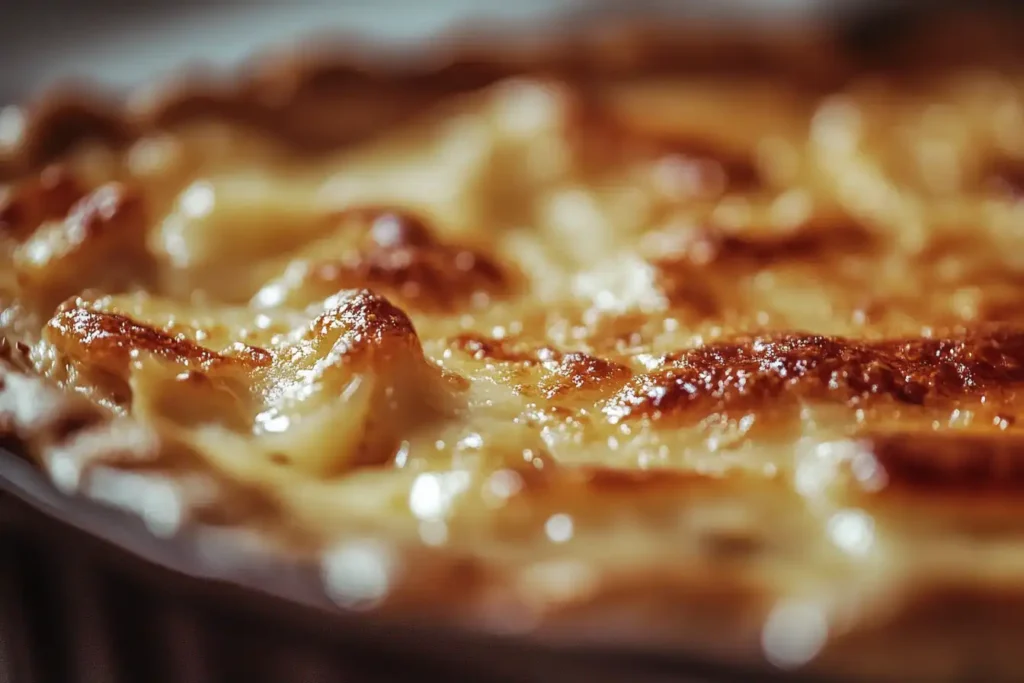
Here are a couple of recipe ideas to illustrate how each kind of tuna works well: Basically, these will show you the best way to use both.
Classic Tuna Casserole with Water-Packed Tuna
For a classic casserole, use water-packed tuna. Afterward, mix with cream of mushroom soup, peas, and egg noodles. Then, top with crackers. This is a lighter, but still comforting version. Eventually, you can enjoy this. Besides, this recipe is a comforting classic that is enjoyed by many. Furthermore, you can easily customize it with your favorite add-ins.
Rich Tuna Casserole with Oil-Packed Tuna
A richer version can use oil-packed tuna. Moreover, use a mix of cheese, sautéed onion, and a creamy sauce. Undoubtedly, it adds a more savory and decadent touch. Specifically, the olive oil in the tuna blends well with the rich sauce. Consequently, this is great for an indulgent meal. Therefore, this recipe is perfect for those who prefer a more substantial dish. In addition, the oil adds an extra layer of flavor.
Exploring Flavor Variations
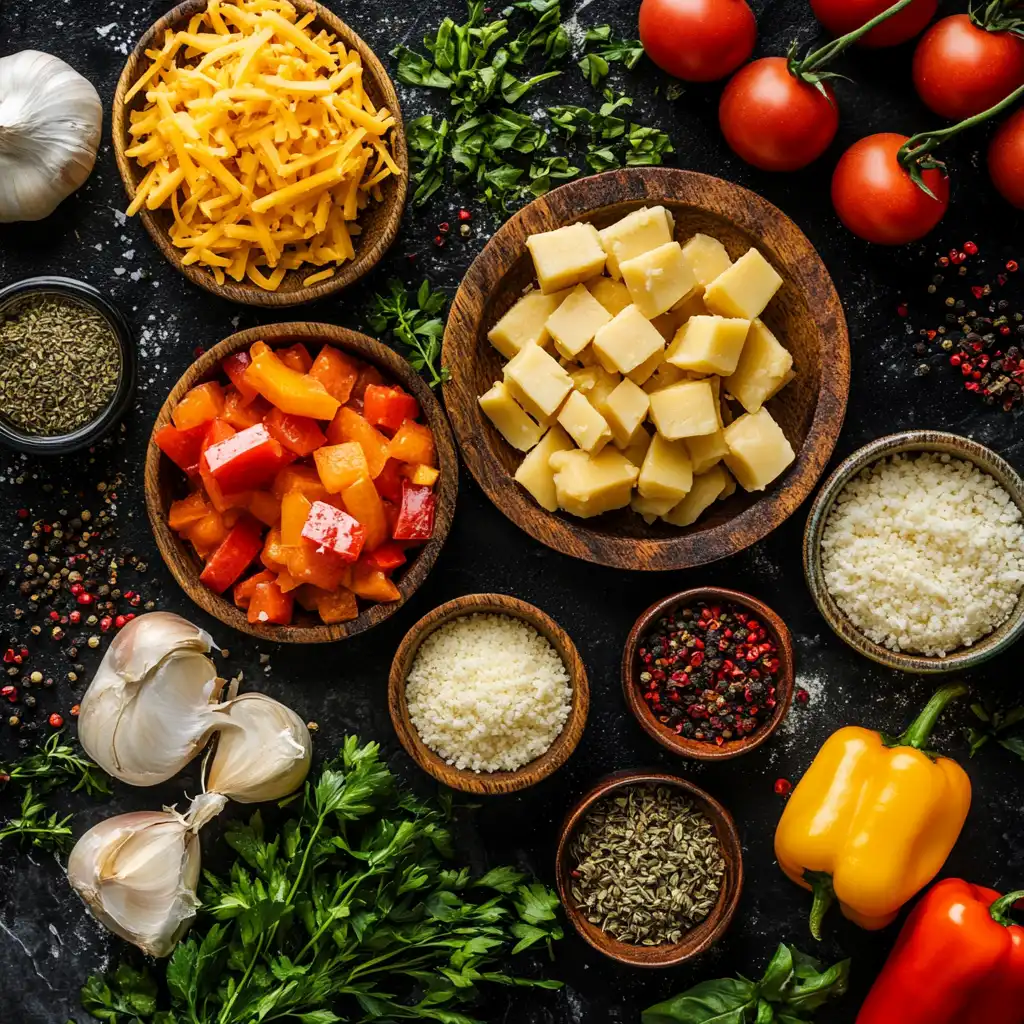
Exploring different flavor variations can elevate your tuna casserole. Indeed, try adding new herbs and seasoning. Here are some ideas:
Adding Herbs and Spices
Consider adding fresh dill, parsley, or thyme. Additionally, a sprinkle of paprika or black pepper can enhance the flavor. Furthermore, try adding a pinch of red pepper flakes for a touch of heat. Moreover, dried herbs work well too, just be sure to use them sparingly. Consequently, the right herbs and spices can transform your casserole.
Vegetable Variations
Vegetables add nutrients and texture. For example, consider adding mushrooms, spinach, or tomatoes. Also, bell peppers and onions can enhance flavor. Indeed, vegetables can make the casserole more satisfying. Specifically, they can make your dish richer. Therefore, explore your favorite vegetable options.
Cheese Variations
Cheese can add richness. For example, use cheddar, mozzarella, or Monterey Jack. Also, try Parmesan for a sharp, savory note. Meanwhile, a combination of different varieties can offer a complex flavor. Therefore, experiment with different cheeses to find your favorite. Specifically, a cheese topping provides a pleasing finish to the casserole.
Tips for the Best Tuna Casserole
However, making a great casserole involves more than just picking the right tuna. Here are some additional tips: Indeed, these can make a noticeable difference.
Using Fresh Ingredients
Using fresh vegetables can significantly improve your dish. For example, mushrooms and onions add depth. Additionally, peas and carrots add sweetness and color. Hence, the freshness really shines through. Furthermore, using high-quality ingredients will make a difference in the overall taste of your casserole. Thus, try your best to use the best ingredients possible.
Don’t Overcook
Overcooking can dry out your casserole. Therefore, bake it until the top is golden and the inside is hot. Also, remove it from the oven right away after. Undoubtedly, this keeps the texture just right. Specifically, careful monitoring will prevent the dish from drying out. Consequently, always be aware of your oven’s temperature and the baking time.
Adding a Topping
A crunchy topping gives your casserole a better texture. Finally, try crushed crackers, breadcrumbs, or fried onions. Thus, a crisp top complements the soft casserole well. Moreover, experiment with different toppings to see what you prefer. Ultimately, a satisfying crunch makes the dish much more enjoyable. Indeed, a topping adds that final touch that makes the casserole perfect.
Serving Suggestions and Pairings
Pairing your tuna casserole with the right side dish can make your meal even better. Therefore, here are some serving suggestions. Specifically, these will compliment the flavor of your dish.
Salad Pairings
A fresh, light salad compliments the casserole well. For example, try a simple green salad with a vinaigrette. Also, a cucumber and tomato salad can be refreshing. Specifically, the lightness of the salad balances the richness of the casserole. Consequently, this provides a well-rounded meal.
Vegetable Pairings
Roasted vegetables make a good side dish. Also, steamed green beans or asparagus are great. Furthermore, consider seasoned carrots or broccoli. Indeed, adding these vegetables will offer a balanced meal. Therefore, the fiber and nutrients are a great addition. Ultimately, these options are compatible with any type of tuna.
Other Options
Alternatively, serve your casserole with a side of garlic bread. Additionally, a bowl of fresh fruit can compliment the meal well. Specifically, these options are flexible and can be paired with any casserole. Furthermore, remember to consider any preferences of those you are serving. Thus, these will help you create a truly satisfying meal.
Tuna: Water or Oil? Final Thoughts
In conclusion, deciding whether to use tuna in water or oil for your casserole is based on taste. Moreover, health preferences matter too. Water-packed tuna is a light, healthy choice. Additionally, it allows other flavors to take center stage. Oil-packed tuna, conversely, gives a richer, more savory experience. Thus, consider all these aspects before making your choice. Eventually, it will be what is best for you and your family. Ultimately, it’s all about personalizing your dish.
Frequently Asked Questions (FAQs)
Is tuna in water or oil better?
Both tuna in water and oil have benefits. Generally, water-packed tuna is lower in fat and calories. Oil-packed tuna, however, offers a richer flavor. Therefore, it depends on what you’re looking for in your dish.
How do you keep tuna casserole from drying out?
Add extra liquid, like broth or milk, to prevent it from drying. Also, don’t overbake it. Therefore, check it frequently in the oven. Specifically, a good balance of moisture helps keep it moist.
What method should be used to cool tuna casserole?
Let the casserole cool slightly before serving. Moreover, you can keep it in the fridge after. Furthermore, let it cool at room temperature for a bit. This will help it set and makes it easier to portion.
Which is better, tuna in brine or oil?
Tuna in brine is like water-packed tuna. Specifically, it has a lower calorie and fat count. Meanwhile, tuna in oil has a richer flavor. Consequently, this choice depends on your preference.

